The world of table tennis is as much about skill as it is about equipment. Among the most critical components of a player's setup is the rubber covering on their paddle, which directly influences spin, speed, and control. While many factors contribute to a rubber's performance, the spin coefficient—often overlooked by casual players—can make or break a match at competitive levels. Understanding how different rubbers compare in terms of spin generation reveals why professionals obsess over their choices and how subtle differences alter gameplay dynamics.
Spin in table tennis isn't just about brushing the ball; it's a science of friction, tackiness, and surface texture. The spin coefficient measures how effectively a rubber grabs the ball and transfers rotational energy. High-spin rubbers tend to have sticky topsheets or pronounced pimples that dig into the ball's surface, while faster rubbers often sacrifice some spin for rebound velocity. However, the relationship isn't always inverse—modern hybrid rubbers blur these lines with advanced polymer formulas that defy traditional expectations.
Take Butterfly's Tenergy series, long considered the gold standard for spin-heavy play. Its tensioned sponge and grippy topsheet create a catapult effect, generating heavy spin even on passive strokes. Yet when tested against Xiom's Omega VII Tour—a newer tensor rubber with a focus on spin retention—the differences become nuanced. While Tenergy produces higher peak spin on loops, the Omega VII maintains spin consistency on off-center hits, a trade-off that splits player preferences.
Chinese tacky rubbers like DHS Hurricane 3 present another approach entirely. Their stickier surface allows slower brush strokes to impart extreme rotation, ideal for players who favor spin over raw power. When compared to European-style rubbers like Andro Rasanter R53, the contrast is stark: the Hurricane 3 requires more precise technique but rewards with unreadable spin variations, while the Rasanter offers easier access to spin at higher speeds. This dichotomy explains why many European players transitioning to Chinese rubbers struggle initially with the required stroke adjustments.
Temperature and humidity further complicate these comparisons. A rubber that dominates in dry, climate-controlled tournaments might underperform in humid conditions where moisture reduces surface tack. Some players carry multiple paddles with different rubbers as contingency—a practice becoming more common as manufacturers release climate-specific formulations. The spin coefficient isn't static; it's a variable that changes with environmental factors and rubber wear.
Beyond professional play, these differences manifest in recreational settings too. Beginners often mistake spin potential for general quality, not realizing that high-spin rubbers demand better technique to control. Meanwhile, intermediate players chasing professional gear frequently discover that their game deteriorates with rubbers too advanced for their skill level. The myth that higher spin coefficients automatically improve performance persists, despite countless examples of players regressing after switching to extreme-spin setups unsuited to their style.
Manufacturers continue pushing boundaries with nanotechnology and advanced material science. The latest rubbers from brands like Nittaku and Tibhar incorporate microscopic texturing that enhances spin without compromising durability—a breakthrough addressing the traditional weakness of sticky rubbers wearing out quickly. As these innovations reach the market, the spin coefficient rankings constantly evolve, making equipment testing an ongoing process even for seasoned players.
What becomes clear when analyzing spin coefficients across brands is that no single rubber dominates all situations. The optimal choice depends on playing style, opponent tendencies, and even psychological factors like confidence in one's ability to generate spin. Data sheets provide starting points, but ultimately, the human element—how a player adapts to their rubber's characteristics—determines effectiveness more than any laboratory-measured metric ever could.
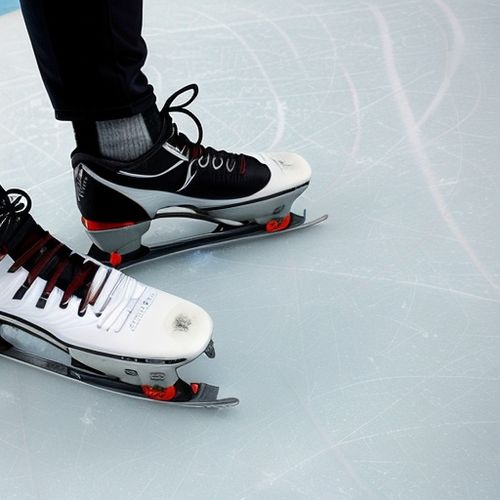
By William Miller/May 9, 2025
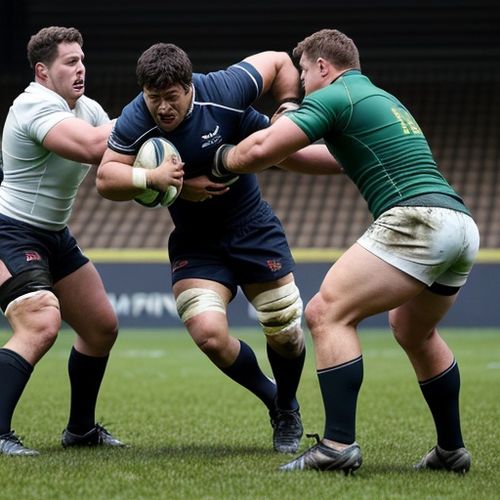
By John Smith/May 9, 2025
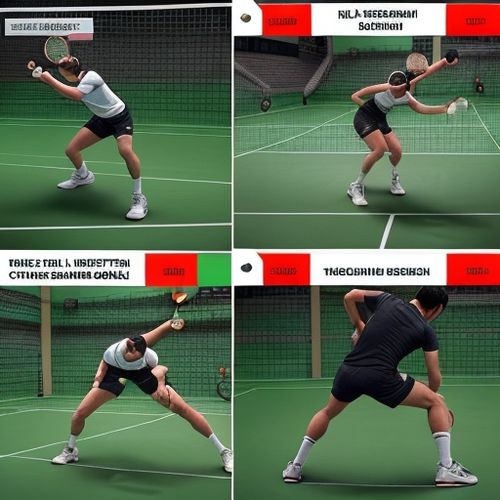
By Lily Simpson/May 9, 2025
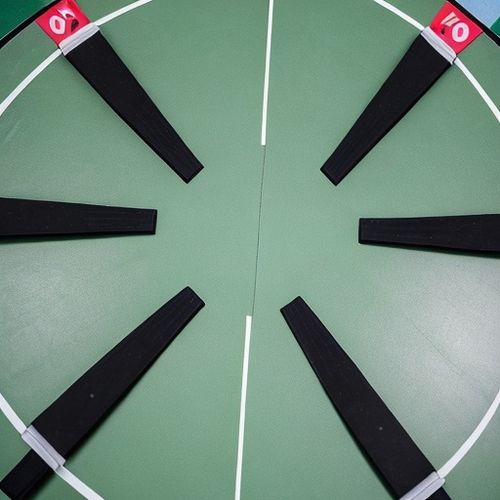
By Eric Ward/May 9, 2025
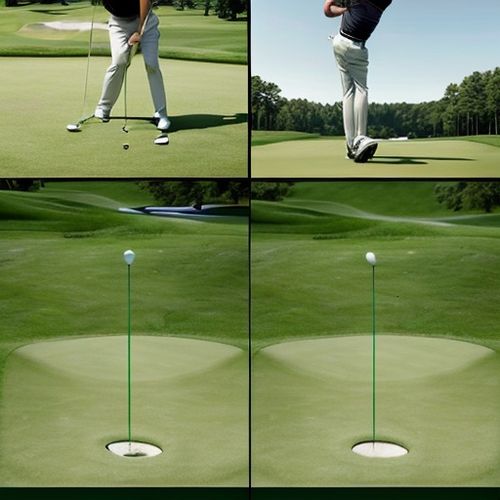
By Eric Ward/May 9, 2025
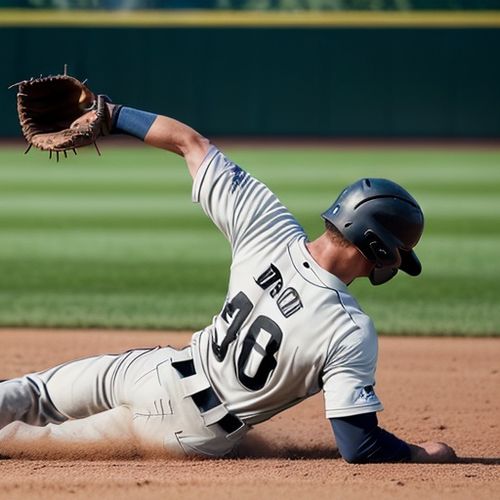
By Victoria Gonzalez/May 9, 2025
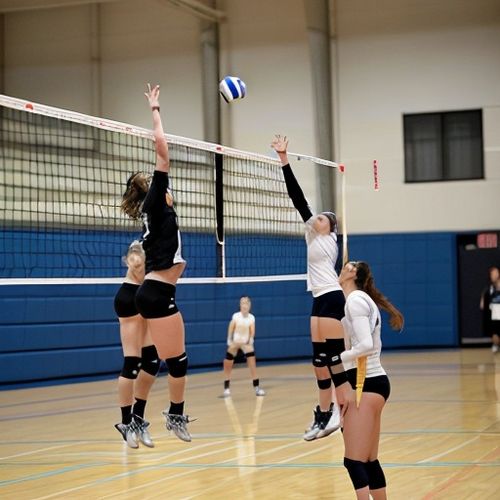
By Samuel Cooper/May 9, 2025
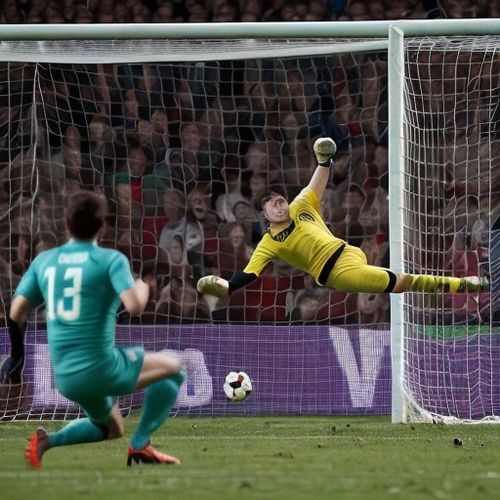
By Emily Johnson/May 9, 2025

By Noah Bell/May 9, 2025
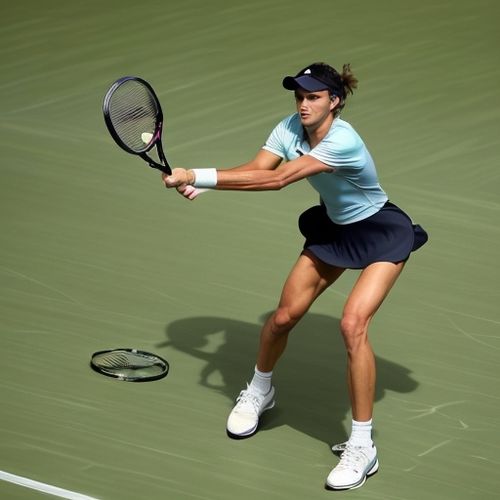
By Joshua Howard/May 9, 2025
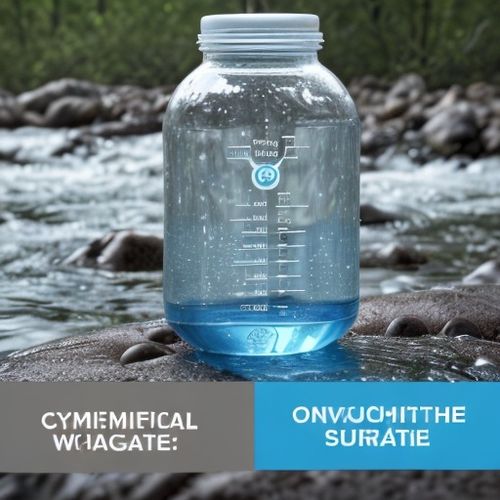
By Eric Ward/May 8, 2025

By Joshua Howard/May 8, 2025

By George Bailey/May 8, 2025
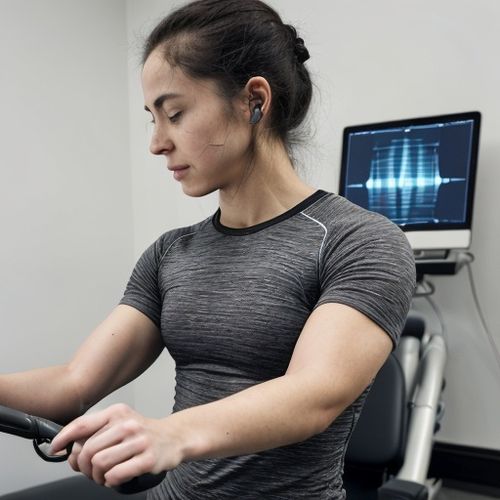
By Grace Cox/May 8, 2025
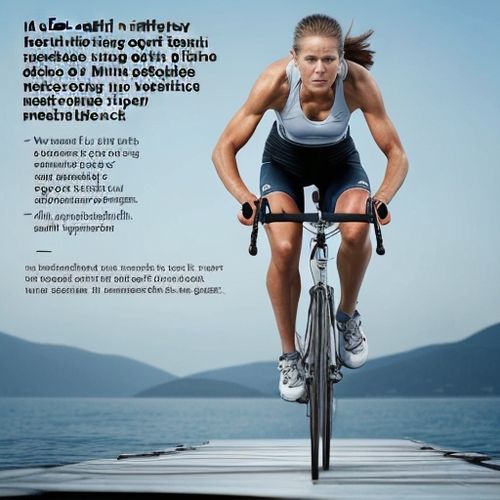
By Michael Brown/May 8, 2025
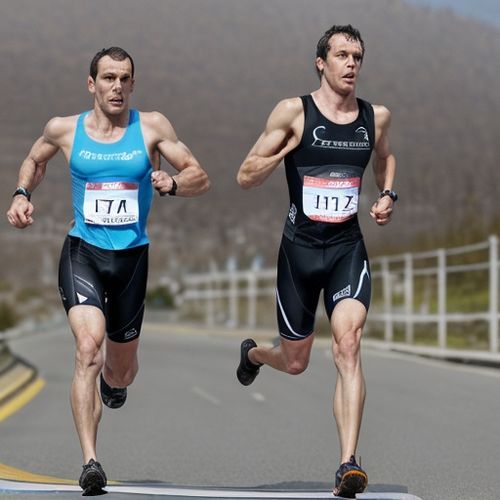
By Daniel Scott/May 8, 2025
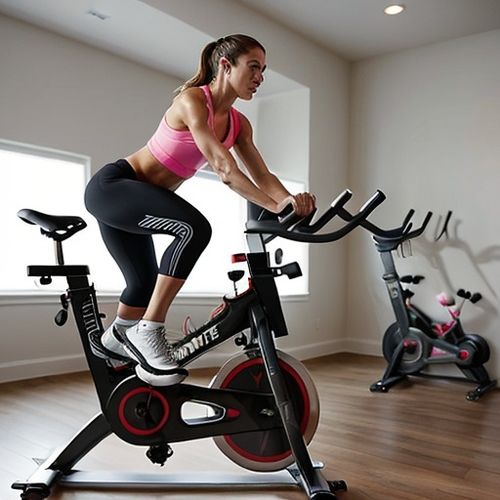
By Rebecca Stewart/May 8, 2025
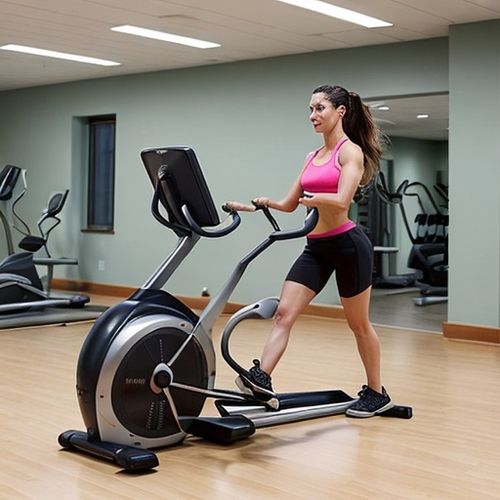
By Victoria Gonzalez/May 8, 2025
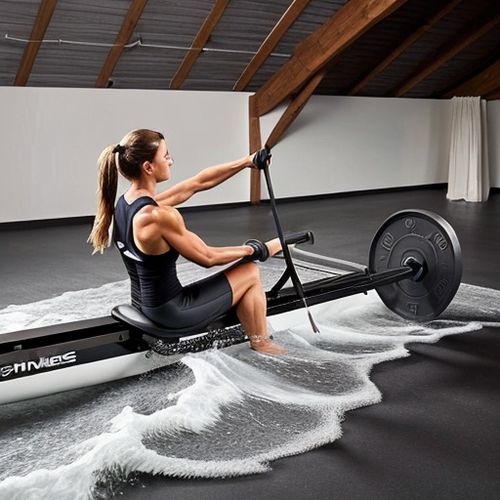
By Emily Johnson/May 8, 2025
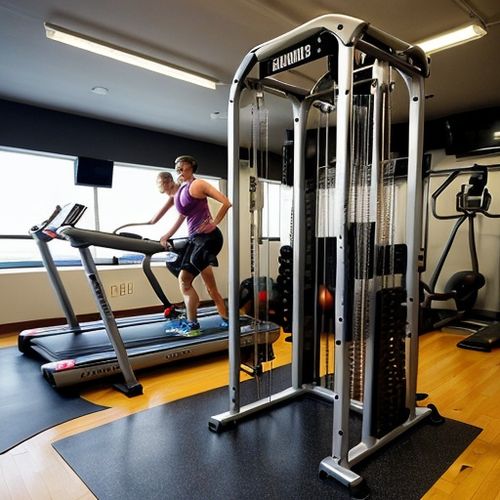
By Olivia Reed/May 8, 2025